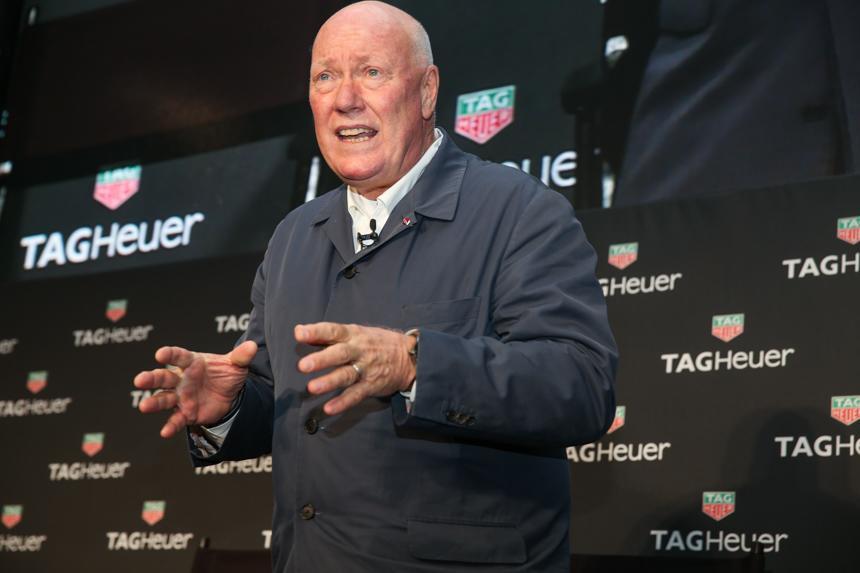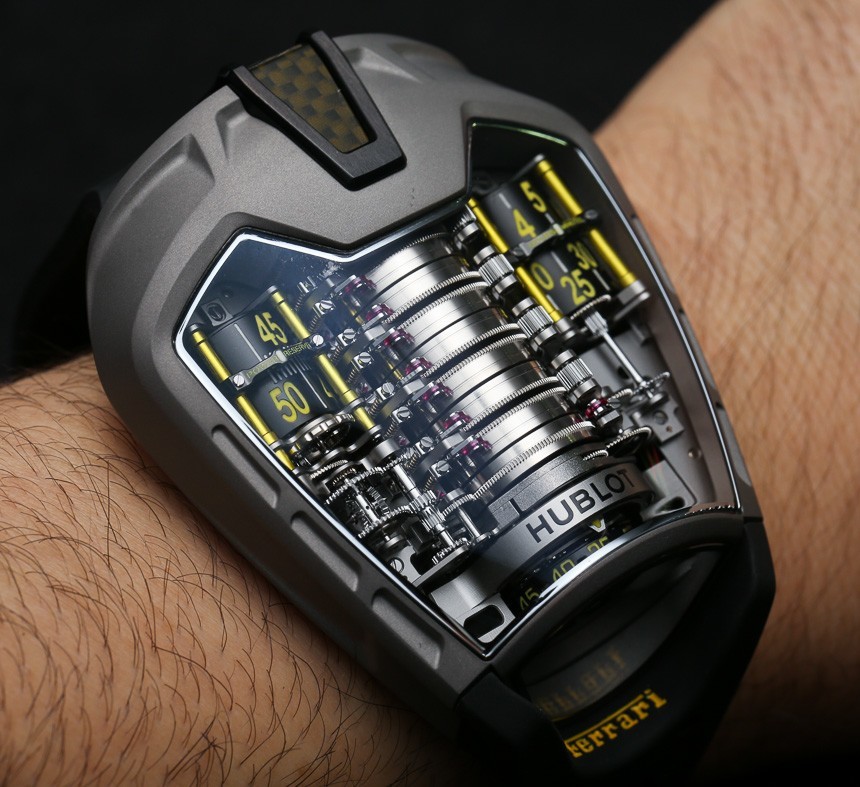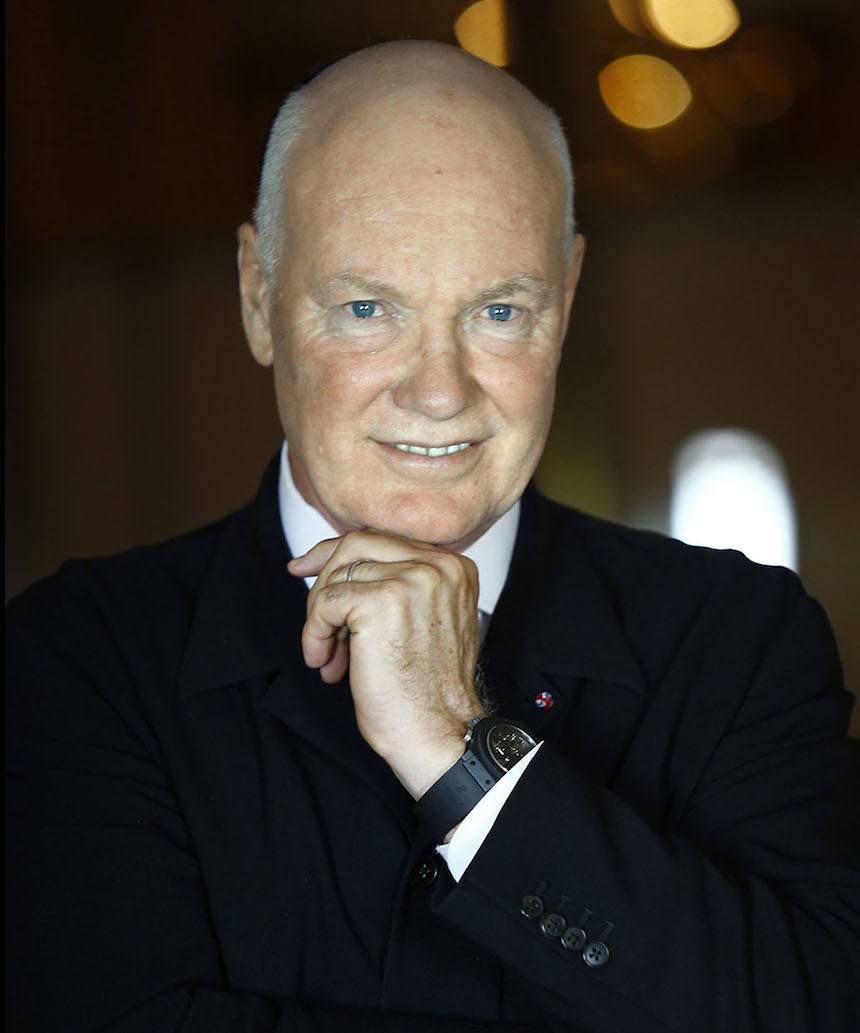 ABTW: Watch inventory gluts around the world are generally being seen as a major reason that consumers are not buying as many new timepieces. My theory is that people are still buying a lot of watches, but they are buying them at a discount because they are out there and available.
ABTW: Watch inventory gluts around the world are generally being seen as a major reason that consumers are not buying as many new timepieces. My theory is that people are still buying a lot of watches, but they are buying them at a discount because they are out there and available.
Do you agree that despite purchasing from various unauthorized channels people are still buying a lot of watches? More so, what steps can the industry take in order to reduce the amount of available inventory out there so that supply of new watches meets demands and prices can stabilize?
Jean-Claude Biver: I don’t believe that customers are buying fewer watches, but believe that manufacturers are producing more. To produce more is right, provided you control and monitor not your “sell-in,” but your “sell-out!” Which means a watch is only sold once the retailer or the distribution has sold it.
It’s, in my opinion, the only way to control and avoid inventory gluts [monitoring sales to end consumers, versus bulk sales to retailers]. Since I joined this industry in 1975, we have repeatedly made the same mistakes by selling-in more than the structured distribution could sell-out.
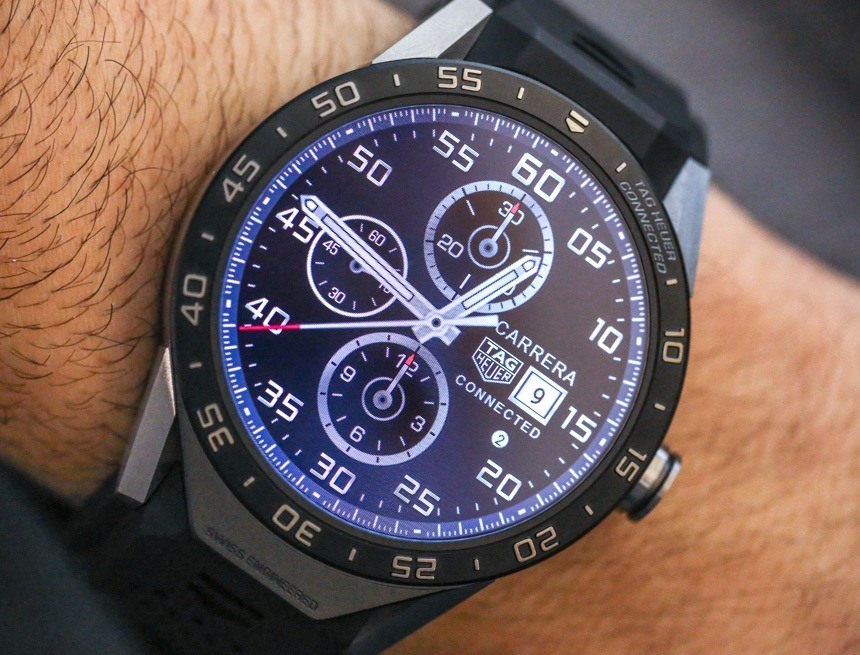
The recently released TAG Heuer Carrera Connected, the brand’s first entry into the smart watch segment
ABTW: What are some of the biggest issues the watch industry needs to work on in 2016 based on what you’ve seen as problems in 2015?
Jean-Claude Biver: I am a believer in the connected watch, and I am afraid that in the price segment between $300 and $2,000, the connected watch can take major and important market shares. The industry has to identify the threat of the connected watch and has to bring some answers to it. Beside this, I believe that 2016 might prove to be a better year than 2015, which shows you that I am quite optimistic for our brands and our industry.
ABTW: Crowd-sourced watches are currently very popular campaigns on funding sites like IndieGoGo and Kickstarter. Many of these timepieces fall into less expensive categories, but few offer any real innovation and are often derivative designs. There are also issues about people getting quality final products because there are no guarantees. Do you think these present value to consumers and offer a new way of enjoying timepieces, or are these more harmful than good, offering little value or innovation to an already crowded market where there isn’t enough regulation to ensure consumers get what they pay for. Any other thoughts on the current popularity of crowd-funded watches?
Jean-Claude Biver: Crowd-sourcing is an interesting way to find funds for startups and technology brands. I don’t know if this will help and be enough to create a watch brand with substance and a long future. Most of the watch brands have a long history and are 200, 100, or at least 30 years old. This is not the case in technology where most of the brands are less than 30 years old and where many are disappearing after 10 or 20 years.
ABTW: Is the watch industry seeing successful results in vertically integrating their businesses flowing from production all the way to end-consumer sales? Or, rather, is there more work to be done for the watch industry to modernize their businesses and remove a lot of the cost-bloating that occurs between factory and consumer?
Jean-Claude Biver: The vertical integration is part of the solution in order to master production and cost. See the results we achieved at TAG Heuer through the restructuring of our vertical industrial integration. Without this vertical integration and cost-killing program we would not have been able to offer products at the actual prices! So, yes, I believe in the vertical industrial integration, provided you have sufficient volumes.
ABTW: What information or messages would you like consumers to know that will perhaps re-frame issues you’ve seen that people have misconceptions about? What inside advice can you offer to watch lovers to help them enjoy being watch consumers in 2016?
Jean-Claude Biver: Education is the most important element when you want to buy a “real Swiss watch.” People understand quite easily the different car brands, but when it comes to watches, they are lost. I believe education, advice, and recommendations from professional retailers is key in order to buy the best watch for you, and to enjoy it.
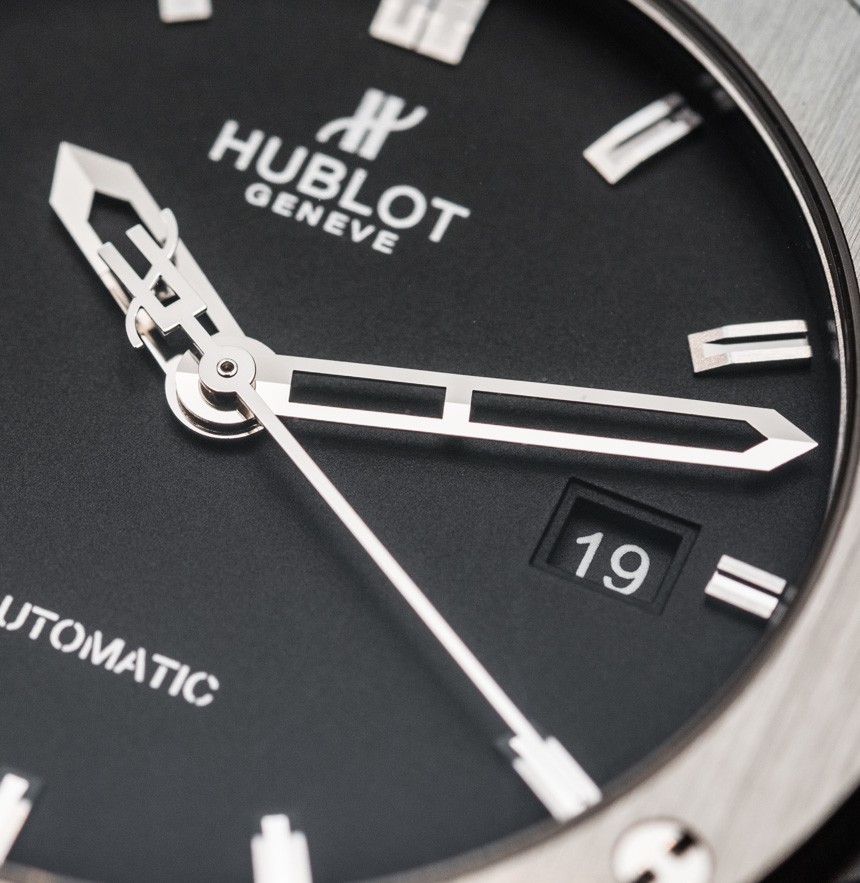
ABTW: Even though your time offering a smart watch with the TAG Heuer Connected has been brief, as it just launched in November of 2015, what have you learned that perhaps surprised you or will assist you in catering to the smart watch market moving forward? Are there lessons there to assist you in how you position traditional watches in the coming year?
Jean-Claude Biver: We did not know at TAG Heuer how big the connected watch would be – and have therefore totally underestimated the potential of such a watch. While our most optimistic estimations were around 25,000 pieces, we nearly sold 100,000 pieces. That was my first surprise (and mistake, because of a totally wrong estimation…).
We also believed we would attract in a very large proportion only young customers. Again, here we were wrong, as we saw a 35-year-old average age of our Carrera Connected buyers. And the last element where we were wrong: we believed that there would be quite some cannibalization with the other watches in this price segment. Here, again, we were wrong, as the cannibalization [of mechanical watches] has been quite minor so far.
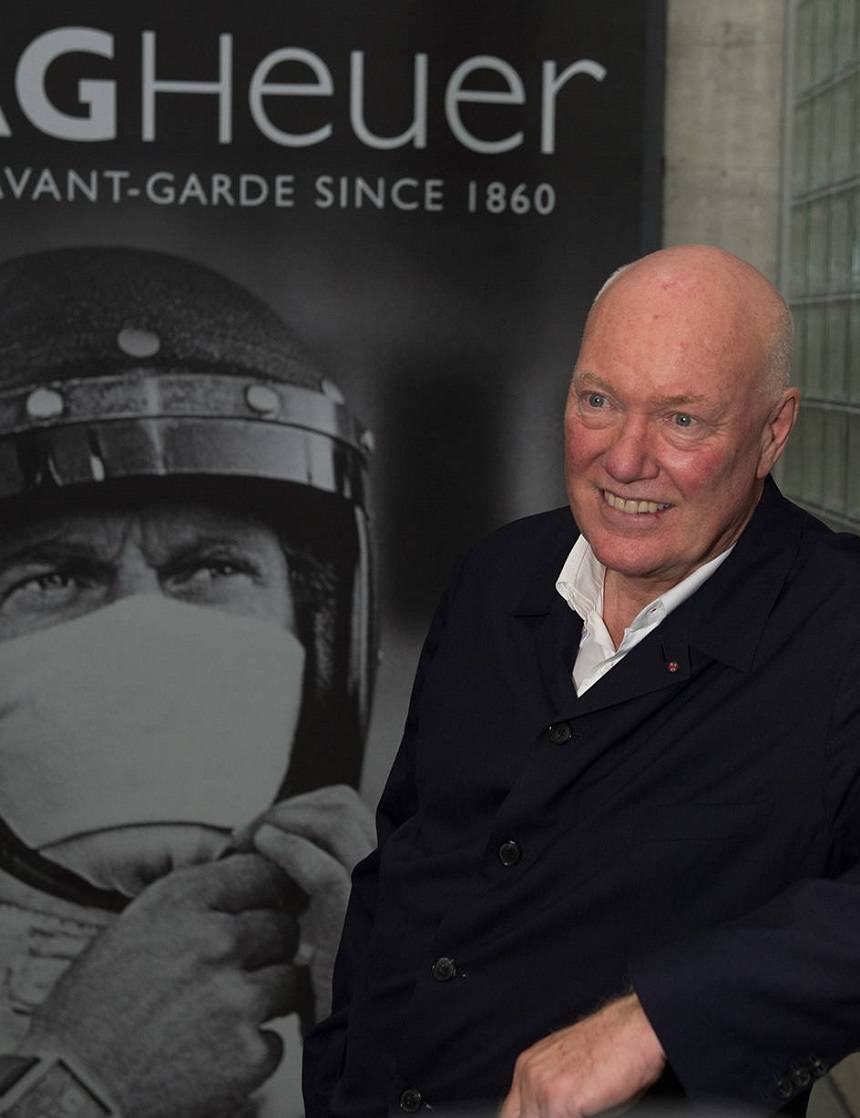
ABTW Analysis
I felt it was important to discuss a few of my take-away thoughts from this recent interview I conducted with Mr. Biver, as his opinions are typically eerily on point. Perhaps just as important are the things which Jean-Claude does not comment about in detail or at all. In my opinion, these all represent areas where he simply doesn’t have enough data on which to base an opinion. If Mr. Biver doesn’t know about something, that means other people in the industry do not either.
Specifically, Mr. Biver is unclear about what the current trajectory of the smartwatch market will be, exactly how the watch industry should react to it, along with what types of customers will be the most likely to wear smart watches. Further, Mr. Biver is unclear what 2016 will hold for the watch industry despite his generally optimistic outlook.
Looking at the larger context of the watch industry as we enter in 2016, Jean-Claude understands that much of the industry is bracing for the painful realization that the traditional model of distribution through third-party retailers continues to weaken as a whole, even though the best retailers become stronger through the temporary holes in the market left by their weaker competitors who are either purchased or evaporate altogether. Most experts agree that the future of luxury watch sales is in more vertical integration, with brands doing everything from producing watches to distributing them internationally, all the way down to selling them to end consumers via mono-brand boutiques.
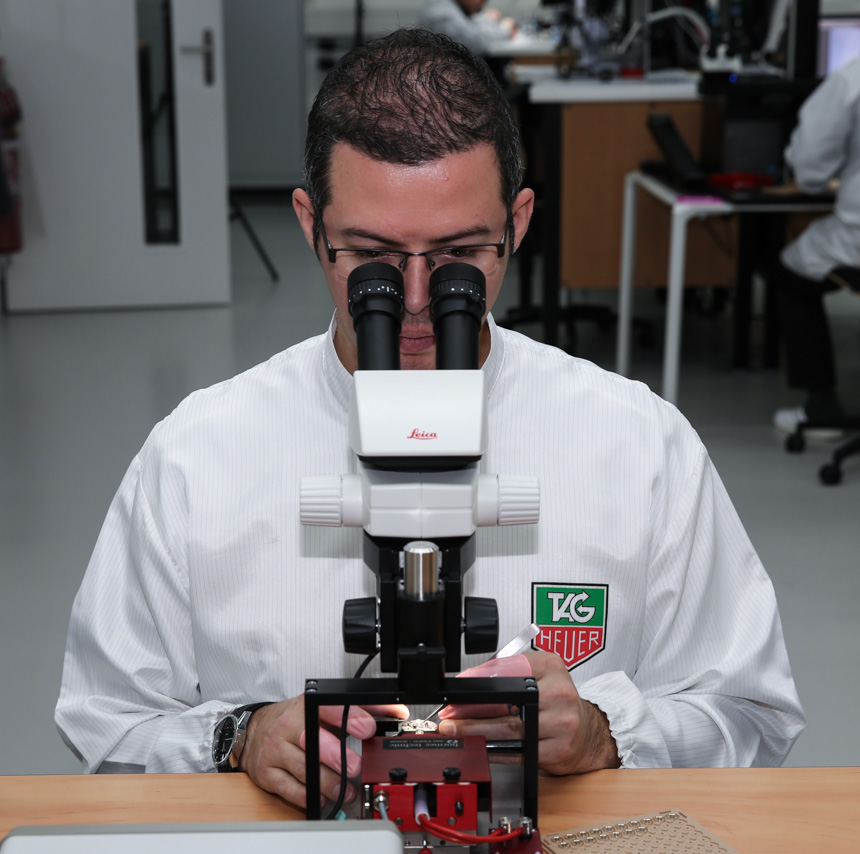
Jean-Claude tangentially refers to vertical integration when talking about his efforts to consolidate suppliers at TAG Heuer, allowing the company to increase control over final products, while eventually decreasing production costs after production investment amortization. Currently, most watch brands are focusing on production and marketing stability internally, as well as integrating many of those elements in-house before tackling the larger issue of the vertical integration of distribution and sales.
Having to take one step at a time means that Jean-Claude Biver knows where the market is going, but is unclear how long it will take brands to reach levels were production costs have finally settled down, allowing them to make the necessary short-term sacrifices to reform their distribution models. Of course, the desired net outcome is less unsold inventory in the watch market, better price controls, and a more direct relationship with end customers. It doesn’t spell death for all third-party retailers – just the majority of them.
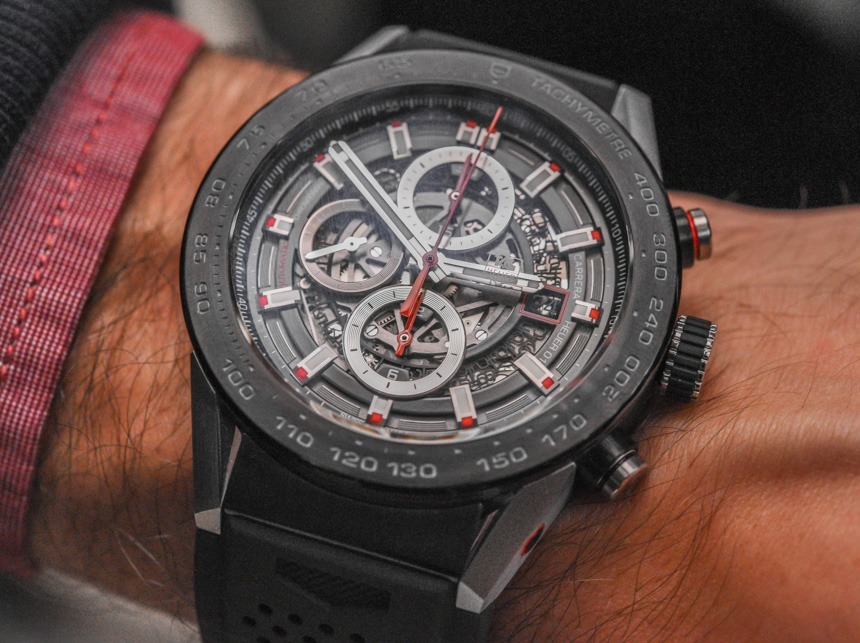
Finally, the topic of price and value are going to be major issues of importance in 2016. Jean-Claude Biver will likely end up leading the market in terms of value-for-the-money at the price points of upcoming TAG Heuer products. Already, some of the new TAG Heuer timepieces (such as the Carrera Heuer 01) offer a rare high-level of value for the money (in a major brand) with a complicated case and dial along with an in-house movement for around $5,000.
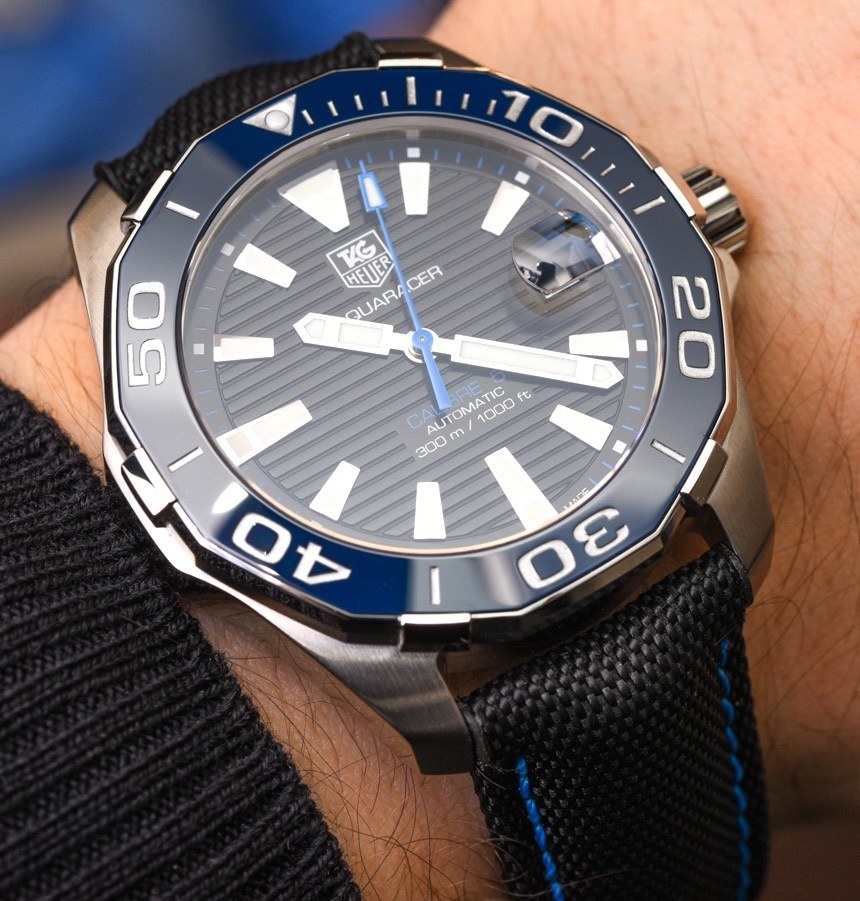
My guess is that “value-for-the-money” will be the intelligent watch brand manager’s mantra for this coming year, focusing on the highly competitive nature of watch prices fueled by the ease of internet research and passionate watch collectors. Even though such activity may act to restrict margins, such margins will easily be cut if distribution channels are refined. More so, those watches that offer the most value will benefit from the communication power of the internet such that they will enjoy enhanced sales as a result of being indicated by hobbyists and expert reviewers as “a good deal.”
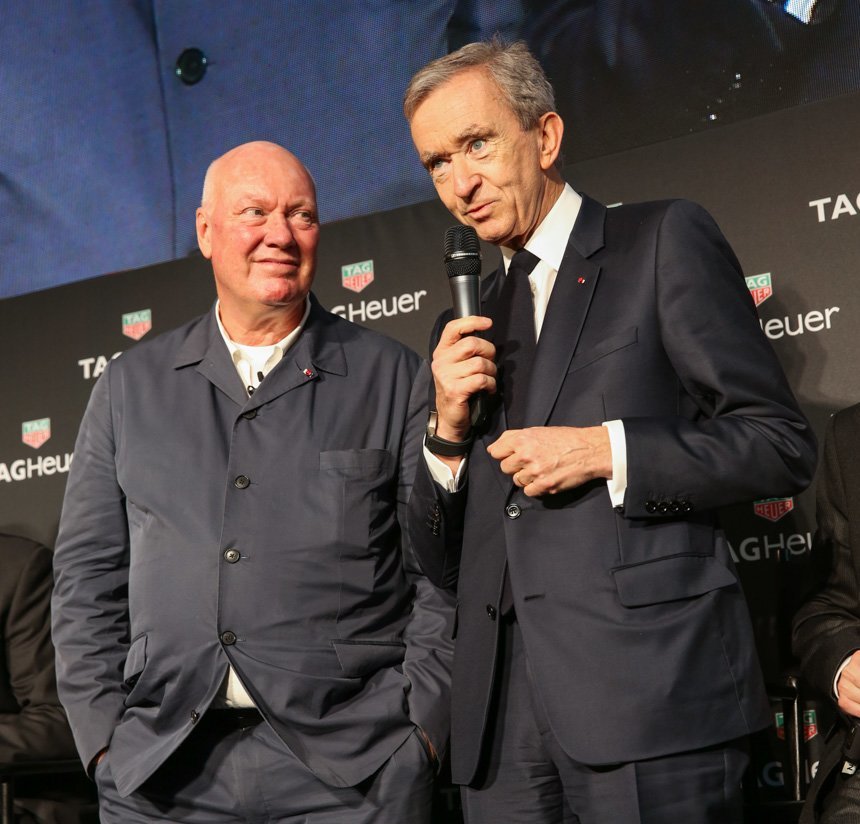
I feel validated that Jean-Claude Biver shares my opinion that watch demand is high and that consumers are still buying in high quantities. Many market indicators clearly point to the fact that watch sales numbers are not down despite the fact that certain metrics seems to suggest as such. Biver points to failures in the traditional system’s tracking of authorized dealer sales as well as hidden sales channels such as pre-owned and the gray market which are not properly tracked by the industry at all.
Taken together, 2016 seems like it will be a very important year in the modernization of the high-end watch industry as the big players are finally taking more dramatic steps to fix their antiquated distribution channels while at the same time learning how to benefit from what is a very healthy market when it comes to demand from watch consumers. tagheuer.com

